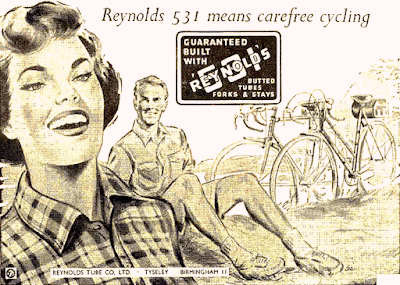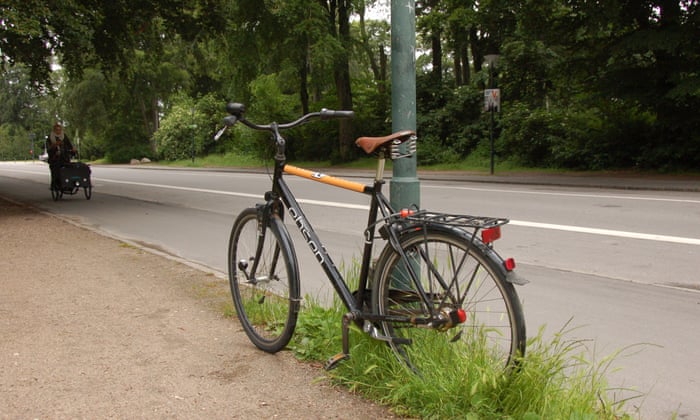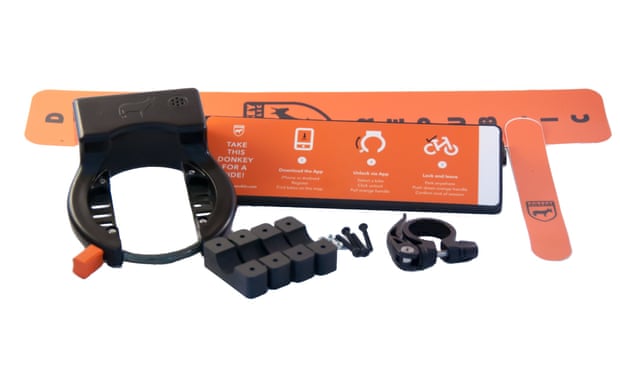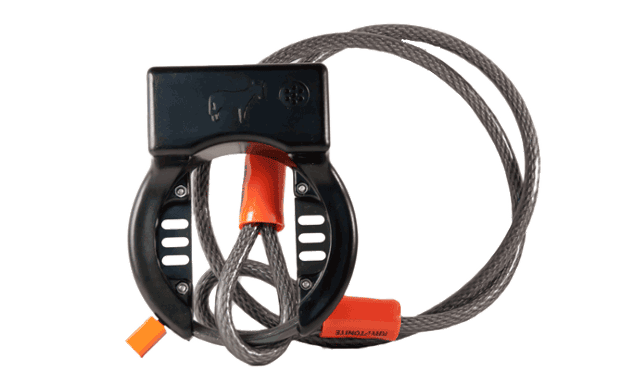I have been to Newburgh, New York twice in my life. Both times I got there on my bicycle: once on a day trip there and back from New York City, another time during a long weekend mini-tour of the Catskills.
Although a decade separated the two visits, I had almost exactly the same impression both times: It's rather like a miniature, and more compressed, version of The Big Apple, my hometown. What I mean is that it's the sort of place where you can see grandeur and despair side by side, and see them together again on the next block, and the block after that.
It's as architecturally and historically rich as any place I've seen in the US. I say that as someone who has spent time in large cities like San Francisco, Boston and Philadelphia (and, of course, New York) as well as smaller but impressive towns like Savannah and Providence. The Downing Mansion would be impressive anywhere, but its setting on the Hudson River, with the mountains in the background, makes it even more so.
Nearby is the house that served as George Washington's headquarters during the final year of the American Revolution. It was there that he issued the Proclamation of Peace, effectively ending the war and beginning the independent American nation. In that house, he also rejected the idea that he should be king and ended the so-called Newburgh Conspiracy that would have left the government controlled by the military. And, while there, he also conceived or made other contributions to the founding of this country, including ones that influenced the writing of the Constitution.
That house became the first publicly owned historic site in the United States. The Downing Mansion and other beautiful old houses have been preserved through doting private owners or the efforts of organizations devoted to preservation.
But literally steps (or pedal strokes) away from those houses is urban blight that reminds people of places like Camden NJ or the South Bronx during the 1970s and '80's. I saw lots, and even whole blocks, that looked as if bombs had been dropped on them. In fact, they are the remnants of "urban-renewal" projects begun and aborted or abandoned, for a variety of reasons, decades ago. And there were other blocks where people huddled up in homes splintered and full of holes, like coats they wore through one winter after another.
Many of those people, I learned, were parolees, current and former addicts and welfare recipients placed in those houses by social service agencies because there weren't any affordable places nearby. Yes, it was essentially a taxpayer-funded Skid Row.
But there have been attempts to "bring back" Newburgh. Across the river, the town of Beacon is often called "Williamsburg on the Hudson" because of the hipsters and gentrifiers that have created a colony of trendy restaurants, bars, galleries, microbreweries and the like. A similar wave is, from what I hear, finding its way to Newburgh.
Actually, one successful attempt to keep an historic structure from falling apart--or falling altogether--has been the creation of a motorcycle museum by a city native. Gerald Doering bought a 1929 Indian Scout locally in 1947, when he was twenty years old. He loved it, and motorcycling generally, so much that he rode it to Miami, where he sought work with a Newburgh dealership that relocated there.
When that didn't work out, he started an electrical contracting business--and the seeds of his collection, which is centered on the Indian brand and bikes from the early days of motorcycling. That collection became the foundation for Motorcyclepedia, the museum they opened in 2011.
Turns out, he and his son were also collecting bicycles, also mainly from that period, though some are earlier. In a way, it's not so surprising, when you consider that most of the early motorcycle makers (and some current ones) were originally bicycle manufacturers. Moreover, bicycles and motorcycles were even more similar in those days than they are now.
Now Doering pere and fils are seeking approval from the Newburgh planning board for a museum called "Velocipede", which they want to house in a former labor union hall they purchased in December 2015.
Hmm...I may have to make another trip to Newburgh. I'd like to do it on my bike, again!
Although a decade separated the two visits, I had almost exactly the same impression both times: It's rather like a miniature, and more compressed, version of The Big Apple, my hometown. What I mean is that it's the sort of place where you can see grandeur and despair side by side, and see them together again on the next block, and the block after that.
It's as architecturally and historically rich as any place I've seen in the US. I say that as someone who has spent time in large cities like San Francisco, Boston and Philadelphia (and, of course, New York) as well as smaller but impressive towns like Savannah and Providence. The Downing Mansion would be impressive anywhere, but its setting on the Hudson River, with the mountains in the background, makes it even more so.
Nearby is the house that served as George Washington's headquarters during the final year of the American Revolution. It was there that he issued the Proclamation of Peace, effectively ending the war and beginning the independent American nation. In that house, he also rejected the idea that he should be king and ended the so-called Newburgh Conspiracy that would have left the government controlled by the military. And, while there, he also conceived or made other contributions to the founding of this country, including ones that influenced the writing of the Constitution.
That house became the first publicly owned historic site in the United States. The Downing Mansion and other beautiful old houses have been preserved through doting private owners or the efforts of organizations devoted to preservation.
But literally steps (or pedal strokes) away from those houses is urban blight that reminds people of places like Camden NJ or the South Bronx during the 1970s and '80's. I saw lots, and even whole blocks, that looked as if bombs had been dropped on them. In fact, they are the remnants of "urban-renewal" projects begun and aborted or abandoned, for a variety of reasons, decades ago. And there were other blocks where people huddled up in homes splintered and full of holes, like coats they wore through one winter after another.
Many of those people, I learned, were parolees, current and former addicts and welfare recipients placed in those houses by social service agencies because there weren't any affordable places nearby. Yes, it was essentially a taxpayer-funded Skid Row.
But there have been attempts to "bring back" Newburgh. Across the river, the town of Beacon is often called "Williamsburg on the Hudson" because of the hipsters and gentrifiers that have created a colony of trendy restaurants, bars, galleries, microbreweries and the like. A similar wave is, from what I hear, finding its way to Newburgh.
Actually, one successful attempt to keep an historic structure from falling apart--or falling altogether--has been the creation of a motorcycle museum by a city native. Gerald Doering bought a 1929 Indian Scout locally in 1947, when he was twenty years old. He loved it, and motorcycling generally, so much that he rode it to Miami, where he sought work with a Newburgh dealership that relocated there.
When that didn't work out, he started an electrical contracting business--and the seeds of his collection, which is centered on the Indian brand and bikes from the early days of motorcycling. That collection became the foundation for Motorcyclepedia, the museum they opened in 2011.
 |
| Motorcyclepedia board member Jean Lara with one of the bicycles to be housed in Velocipede, a bicycle museum planned in Newburgh, NY. (Photo by Leonard Sparks of the Times Herald-Record.) |
Turns out, he and his son were also collecting bicycles, also mainly from that period, though some are earlier. In a way, it's not so surprising, when you consider that most of the early motorcycle makers (and some current ones) were originally bicycle manufacturers. Moreover, bicycles and motorcycles were even more similar in those days than they are now.
Now Doering pere and fils are seeking approval from the Newburgh planning board for a museum called "Velocipede", which they want to house in a former labor union hall they purchased in December 2015.
Hmm...I may have to make another trip to Newburgh. I'd like to do it on my bike, again!










